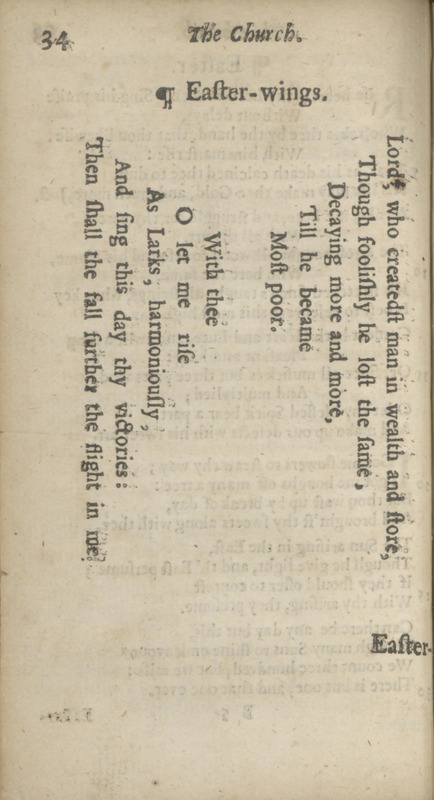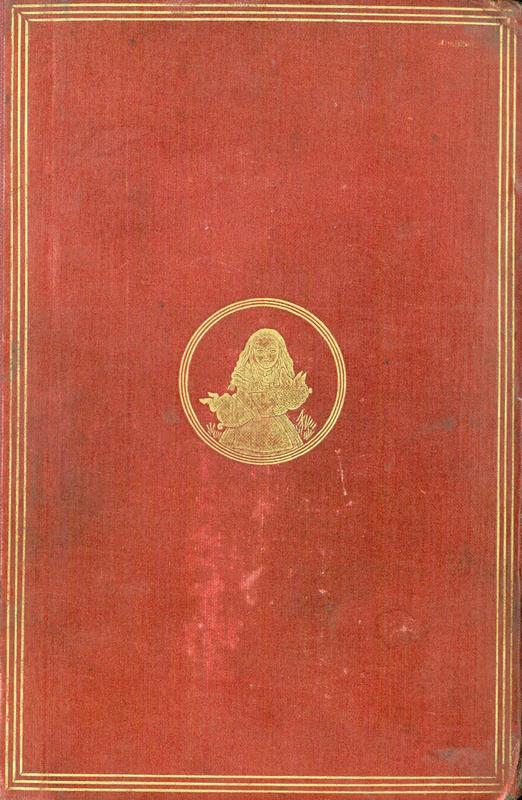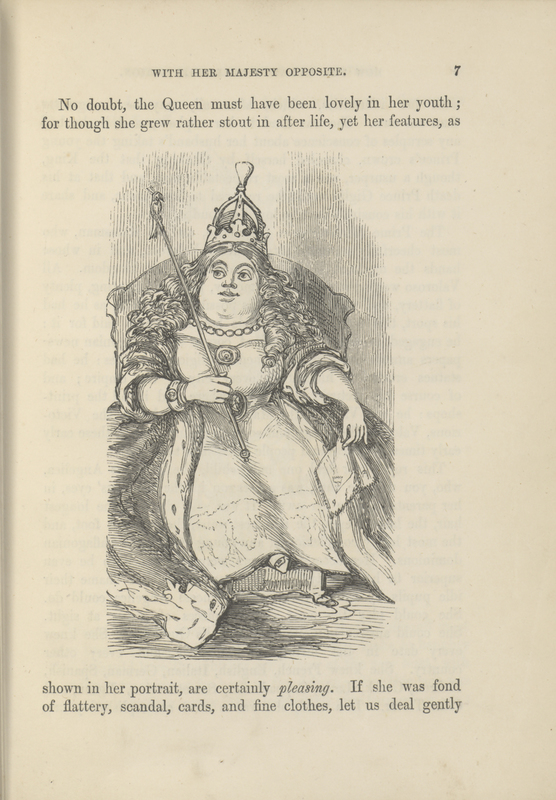Literary Fairy Tales in the 19th Century
In the early to mid-19th century, much children's literature consisted of heavily didactic informational essays and accounts of exemplary children being rewarded or punished. However, writers such as William Wordsworth, Charles Dickens, and eventually Lewis Carroll championed writing in a more imaginative vein and gradually, a rich body of literary fairy tales developed, drawing on the content and formulas of folk tales, but written by a single author at greater length and with more detail than their folk inspirations.
Published about ten years prior to Alice, William Makepeace Thackeray’s literary fairy tale The Rose and the Ring originated when he composed a story using Twelfth Night figures drawn for his daughter during the Christmas season of 1853. Blending fairy tale motifs and pantomime theater, Thackeray tells a tale of two princes, an evil fairy, an exiled princess, and a magical rose and ring that make the holder irresistible.
Charles Kingsley’s The Water-Babies relates the adventures of Tom, a mistreated chimney sweep, who is transformed into a water-baby (a kind of humanoid aquatic salamander) and encounters a range of creatures from dragonflies to fairies. Kingsley's tale was first published in 1863, when Lewis Carroll was already hard at work on his own literary fairy tale. Carroll owned at least two copies of The Water-Babies and it is widely accepted as a crucial influence on his work.
In form, the two stories are much alike: long prose narratives interspersed with poetry, related by an omniscient narrator commenting on a child's adventures with talking beasts. The Water-Babies was extraordinarily popular well into the 20th century. However, Kingsley’s rambling tangents and pervasive xenophobia have made the text less appealing in recent decades.
George MacDonald, best known as the author of The Princess and the Goblin and At the Back of the North Wind, was a close friend of Lewis Carroll during the the 1860s and early 1870s. Just a few days after Carroll’s famous river trip with the Liddell sisters, his diary recounts a walk with MacDonald during which the latter showed him a manuscript of The Light Princess.
MacDonald's The Light Princess is a parody of Sleeping Beauty that shares Carroll’s delight in wordplay and may have played a role in prompting Carroll to consider a wider audience for Alice. Even before Carroll’s manuscript was gifted to Alice Liddell, he lent it to Mrs. MacDonald to read to her children, one of whom declared that there “ought to be sixty thousand volumes of it.” MacDonald's fairy tales influenced many important 20th century writers, including C. S. Lewis and Madeleine L’Engle.

In Conversation with Earlier Genres

Publishing the First Edition



